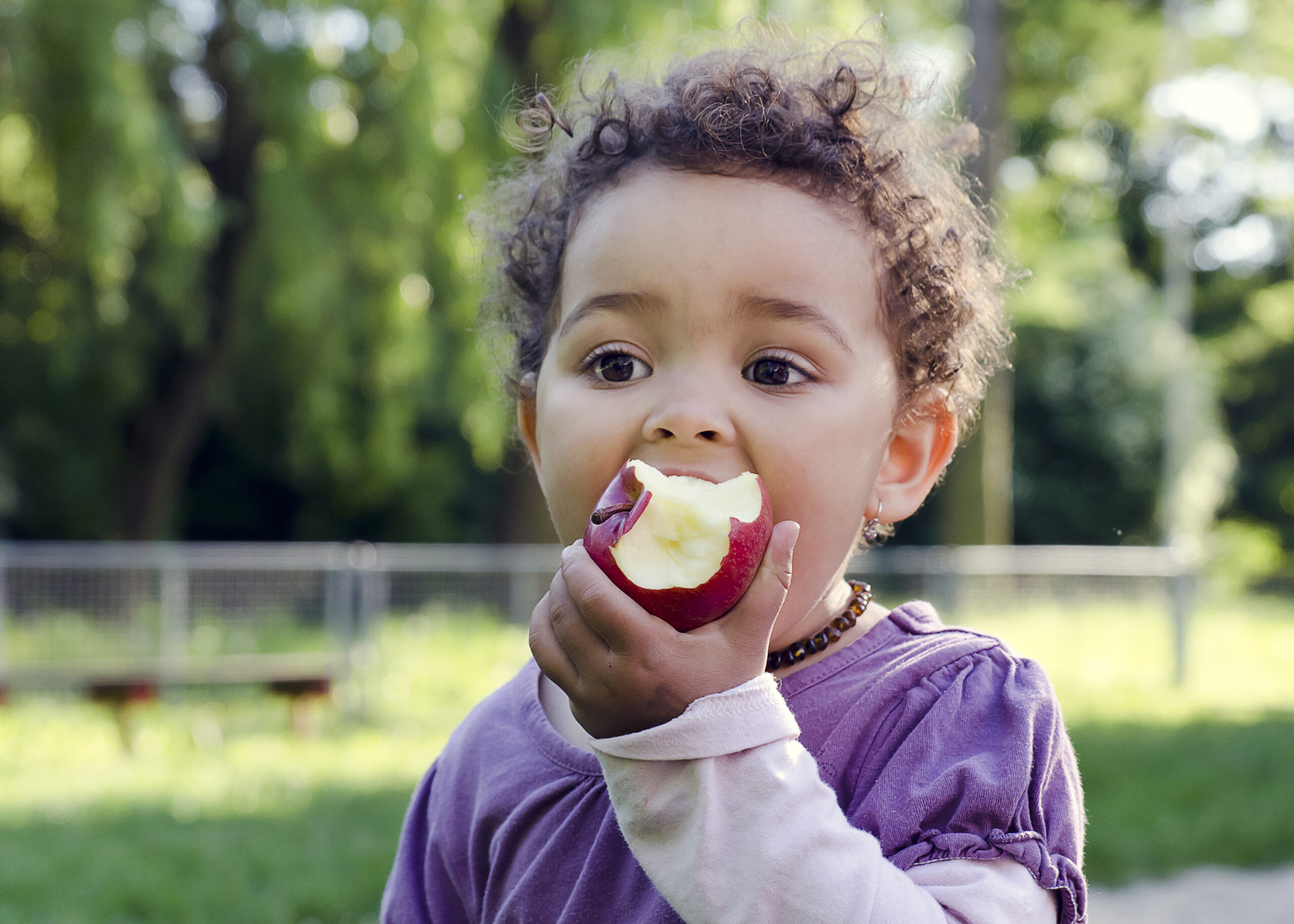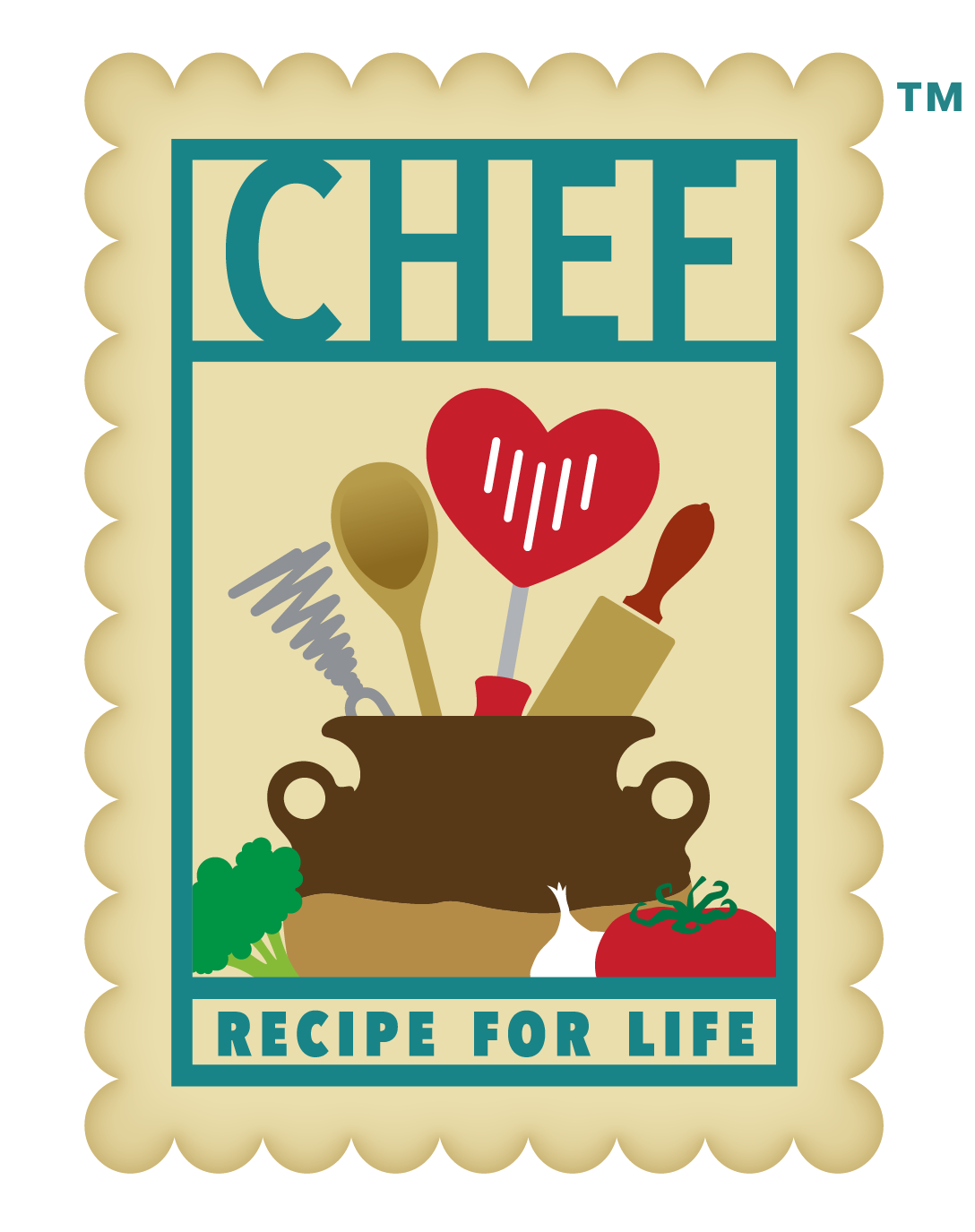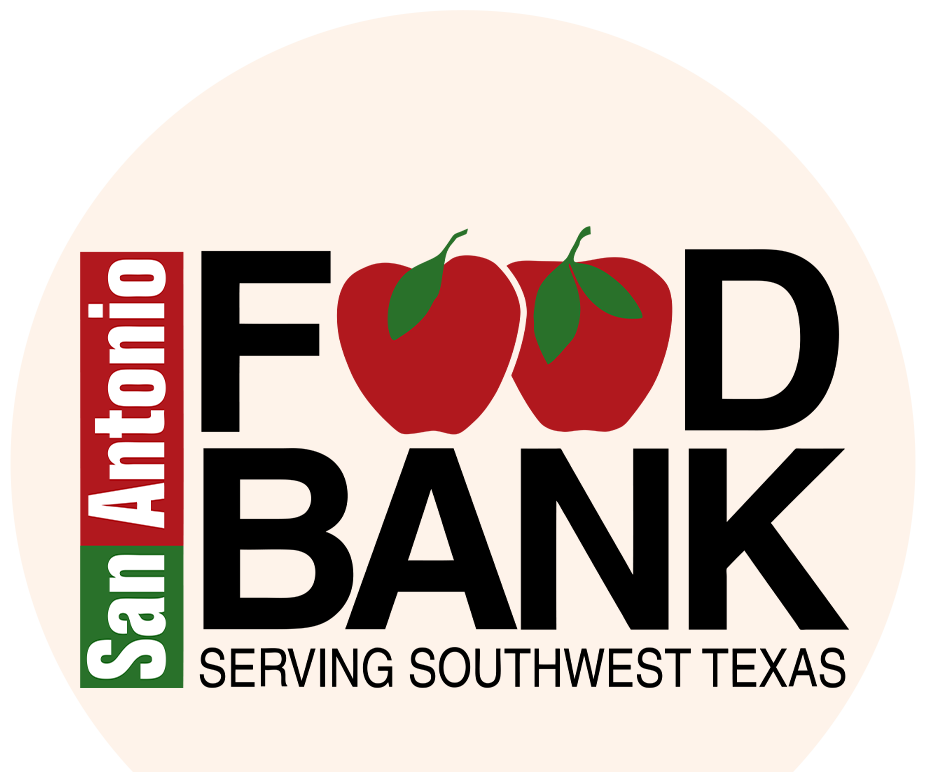Well-Child Care
18 Months Old
Now that your toddler is a year and a half old, there are exciting new milestones and challenges. Around this time, they will strive for independence and start to use a new word they may have heard or learned from you: “no.” Using the word “no” is a way for your child to make their own choices and express their feelings. One way to help them feel more independent is by giving them options. Offer your toddler choices when it comes to what to wear, eat, or do to let your child know you value their opinions and feelings. Ultimately, as their parent, you can guide your child to make safe and healthy choices. Keep reading for more ideas on developing healthy mealtime habits for your growing little one.
Developmental Milestones
- Social & Emotional: As your toddler develops, they will strive for independence and sometimes move away from you to see if you will follow or are close behind.
- Language & Communication: Your toddler will try to say three or more words besides “mama” or “dada” and will follow one-step directions, like “Give it to me.”
- Learning & Thinking: Your toddler will try to copy your actions, like talking on the phone, sweeping with a broom, or washing dishes with a sponge. They will continue to play with toys, moving them in one-directional movements like pushing or pulling.
- Movement & Physical Development: Around 18 months, your baby will walk independently, without holding onto anyone or anything. They will even try to write or scribble with a writing utensil, drink from a cup without a lid, and feed themselves with their fingers or a spoon.
Nutrition Needs
Division of Responsibilities
Ellyn Satter is a Registered Dietitian and Family Therapist who helps parents navigate the adventure of feeding their children. The Satter Institute coined the term Division of Responsibility in Feeding as a unique teaching method that highlights the role of parents and children during mealtimes. In this teaching method, the parent must choose what, when, and where their toddler will eat. In return, the toddler’s job is to decide how much and whether they are hungry and want to eat when you offer them food. Both parents and children have unique roles that require patience and time to learn from each other. This technique has been proven to help your child become a skilled and competent eater. To learn more about the Division of Responsibility in Feeding, check out the Family Activity below for a downloadable handout from The Satter Institute.
Create Routines
Scheduling mealtimes with your child prepares them for daycare and pre-school and helps them listen to their natural hunger and fullness cues.3 It also limits how long your toddler is “grazing” or eating between meals. Allowing your child free reign of the kitchen can disrupt their appetite and cause your child to not be hungry for their next meal. Use terms like “kitchen is open or closed” to help get used to an eating schedule. As a parent, this can also help you meet your responsibility of when your toddler needs to eat while also taking some of the stress off of you to figure out where to feed them. Just go along with the schedule, and wherever you are at the next feeding time, take a minute to create an environment for you and your child to eat in.
Raising a Competent Eater
A competent eater feels comfortable and confident when it comes to mealtimes. Teaching your toddler how to become a competent eater is an essential skill to learn as they are growing up. This type of eater can recognize their internal feelings of hunger and vocalize those feelings to you. In return, they can also listen to their bodies, realize when they are full during a meal or snack, and stop eating. This type of eater enjoys the food they eat and is willing to explore new foods along the way. Remember that you are their role model when teaching your child to eat well. They will learn from you how to talk about food and will want to eat what you eat. Here are some tips to help along the way.
-
- Cook and eat at home at least five times per week. Families who eat together are healthier, do better in school, and are less likely to experience depression or eating disorders.4
- Limit distractions during mealtimes. Turning off the TV and removing all electronic devices from the table helps carve out quality time while focusing on the meal.5
- Offer food without pressure. Using food as a reward or bribe can cause your child to develop an unhealthy view of food and feel stressed at mealtimes. Instead, use food to connect to your culture and your family.
- Include different colors, flavors, and textures. Variety at mealtimes can keep your child engaged and excited while building the list of foods they like.
- Don’t give up. Like every new experience, it can take time and multiple exposures to a new food before your child decides they like it. Keep offering the same food in different ways over time to expand their food preferences.
Recommended Recipes


Family Engagement Activity
- Helping your child become a competent and confident eater starts with you, their parents. It is key to teach your child healthy eating habits while allowing them to explore and discover their taste preferences.
- The Ellyn Satter Institute has created valuable tools and resources, like their Satter Division of Responsibility in Feeding handout. This downloadable PDF offers guidance on navigating mealtimes for parents of infants and toddlers.
Caregiver's Corner
Dr. Darian Harris is a Doctor of Osteopathic Medicine in the Pediatric Department at CHRISTUS Children’s Santa Rosa Hospital. In this Caregiver’s Corner video, Dr. Harris offers suggestions on how to keep your baby safe at home.
-
- Keep all cleaning chemicals and medications in closed, clearly marked containers that are difficult to reach and open.
- If your child does interact with these substances, immediately call Poison Control at 1-800-222-1222 for guidance.
- Secure all large furniture pieces, like bookcases, cradles, and dressers, to the wall to prevent the furniture from falling on your child.
- Use baby gates at both the top and bottom of stairs to prevent falls or trips from either direction of the stairs.
- Closely supervise all water play, including in pools, oceans, lakes, rivers, and bathtubs. Always ensure your child is wearing an age-appropriate life jacket.
- Practice kitchen safety to prevent spills, burns, or cuts. Only allow your child to interact in the kitchen for what they are developmentally ready for.
- Keep all cleaning chemicals and medications in closed, clearly marked containers that are difficult to reach and open.
If an accident or injury occurs, plan how to address the concern. Always seek immediate care when needed





